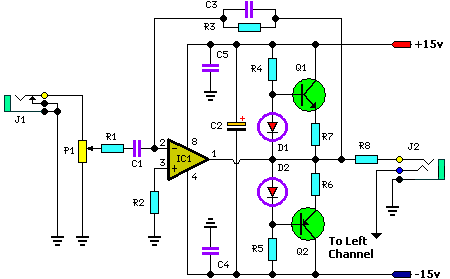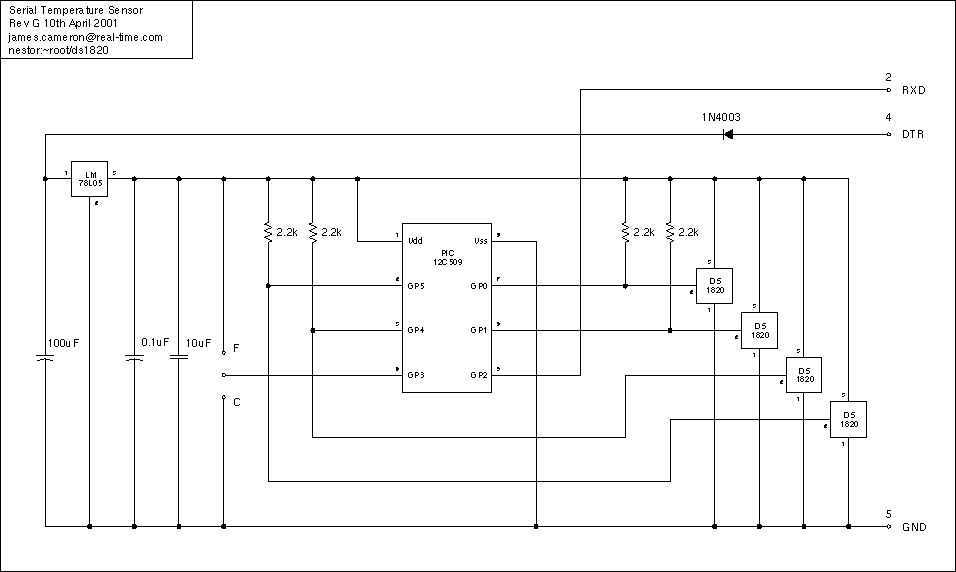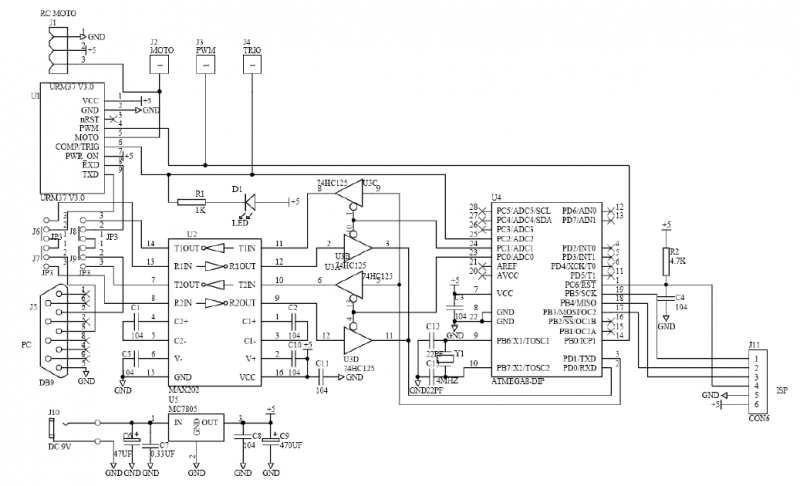
The passive human body infrared sensor circuit

Passive human body infrared sensor circuits are generally similar in design, although some may have fewer stages. The circuit illustrated is sourced from the NICERA manufacturer and is considered a classic example. The front-end stage consists of a low-frequency signal amplifier with a gain of 100. The amplified signals then pass through resistor R6 and capacitor C5, operating within a frequency range of 0.2 to 10 Hz.
The passive human body infrared sensor circuit operates by detecting infrared radiation emitted by human bodies. This radiation is captured by the sensor, which converts it into an electrical signal. The initial stage of the circuit is crucial as it amplifies the weak signals generated by the sensor. The low-frequency signal amplifier is designed to enhance the sensitivity of the circuit, allowing it to detect subtle changes in infrared radiation.
In this particular circuit design, the amplifier's gain of 100 ensures that even minimal infrared signals are sufficiently amplified for further processing. After amplification, the signals are conditioned by passing through R6 and C5. Resistor R6 plays a critical role in setting the gain and stabilizing the amplifier, while capacitor C5 acts as a filter to eliminate high-frequency noise, ensuring that only the desired low-frequency signals within the range of 0.2 to 10 Hz are processed.
The output of this stage can then be interfaced with additional circuitry, such as signal processing units or microcontrollers, to trigger alarms, lighting systems, or other automated responses based on detected motion. The simplicity and effectiveness of this circuit make it a popular choice for various applications, including security systems, automatic lighting, and energy management systems.No matter what kind it is, passive human body infrared sensor circuits are almost the same with the above, maybe some has less stages. This circuit in the figure is got from the NICERA producer, which is classical. The stage of front-end is the low frequency signal amplifier, the magnified times are 100, then the signals pass R6 and C5 before the 0.2-10HZ s..
🔗 External reference
The passive human body infrared sensor circuit operates by detecting infrared radiation emitted by human bodies. This radiation is captured by the sensor, which converts it into an electrical signal. The initial stage of the circuit is crucial as it amplifies the weak signals generated by the sensor. The low-frequency signal amplifier is designed to enhance the sensitivity of the circuit, allowing it to detect subtle changes in infrared radiation.
In this particular circuit design, the amplifier's gain of 100 ensures that even minimal infrared signals are sufficiently amplified for further processing. After amplification, the signals are conditioned by passing through R6 and C5. Resistor R6 plays a critical role in setting the gain and stabilizing the amplifier, while capacitor C5 acts as a filter to eliminate high-frequency noise, ensuring that only the desired low-frequency signals within the range of 0.2 to 10 Hz are processed.
The output of this stage can then be interfaced with additional circuitry, such as signal processing units or microcontrollers, to trigger alarms, lighting systems, or other automated responses based on detected motion. The simplicity and effectiveness of this circuit make it a popular choice for various applications, including security systems, automatic lighting, and energy management systems.No matter what kind it is, passive human body infrared sensor circuits are almost the same with the above, maybe some has less stages. This circuit in the figure is got from the NICERA producer, which is classical. The stage of front-end is the low frequency signal amplifier, the magnified times are 100, then the signals pass R6 and C5 before the 0.2-10HZ s..
🔗 External reference





